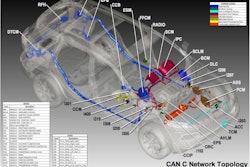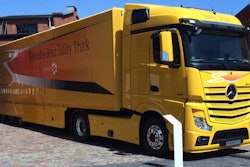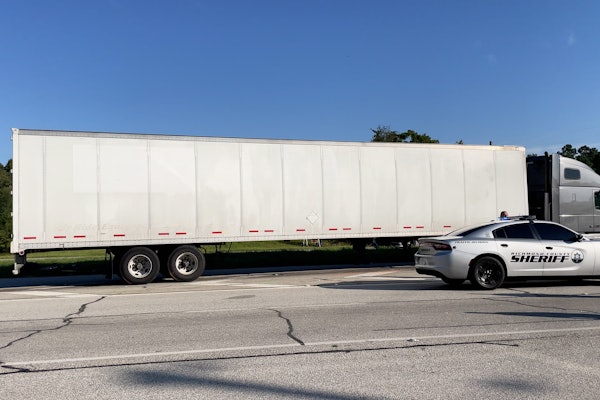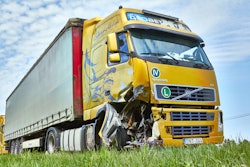 Transformer Optimus Prime, a robo-transporter model for the future?
Transformer Optimus Prime, a robo-transporter model for the future?The technology is getting close, but is the public really ready to share the road with self-driving vehicles? While some states have already adopted legislation regarding test vehicles on the streets, the economics doesn’t make much sense on a consumer level just yet. And that’s why many analysts expect the first generation of driverless road transport to be commercial trucks instead of family sedans.
Here’s the bottom line, or the punch line, depending on whether you’re a fleet manager looking to cut costs, or a truck driver doing a job you like: “The use of autonomous long-haul trucks (ALHTs) could add up to a multibillion-dollar opportunity for companies throughout the trucking value chain.”
That’s from “The Next Autonomous Car Is a Truck,” posted recently on the website of a management magazine called strategy + business. It’s just the latest contribution to the growing discussion of robo-rigs and auto-autos.
Overdrive’s Max Heine has offered his thoughts on self-driving vehicles, as well as a thoroughly linked round-up of developments, here and here.
The s+b focus, of course, isn’t so much about the what or when, it’s about making a business decision — how much?
Author Peter Conway of Booz & Company estimates the cost of outfitting a truck as an 18-wheel robot could be as much as $200,000, tractor and trailer not included. That’s strictly a ballpark guess at this point, but just the radar system typically used in current-gen autonomous vehicles goes for $70,000 — though prices would certainly fall with wider adoption.
On the other side of the ledger, he suggests the savings could exceed $100,000 per truck annually.
Of course, “a significant portion of both the cost savings and the efficiency gains would come from eliminating drivers’ wages from the bottom line.”
As with the industrial robots and automated processes used so widely in manufacturing, not only do they replace humans and their wages, they keep going, and going and going.
The immediate upside for commercial fleets is the surge in truck productivity, without those pesky Hours of Service rules to worry about. But, as Conway notes, truck capacity would soar initially, since there’d still be all of those perfectly good human-operated trucks competing for loads.
Early adopters would profit nonetheless, he concludes.
“We won’t see highways dotted with driverless trucks in the near term. But the economics suggest that over the long term, the industry will migrate to autonomous vehicles,” Conway writes. “Trucking companies that deploy these technologies most effectively will secure industry-leading positions.”
Additionally, the OEMs and suppliers that provide the new equipment will quickly claim more market share.
“Given that heavy truck model changes occur infrequently, sometimes not for a decade or longer, ALHTs could be just one design cycle away,” he says.
I’m putting the over/under at 2028, that’s 15 years from now.
And I’m not worried about forgetting my prediction: I’ll just ask a truck to google this post for me, while it’s stuck sitting at the dock waiting to be loaded by surly robo-lumpers.










